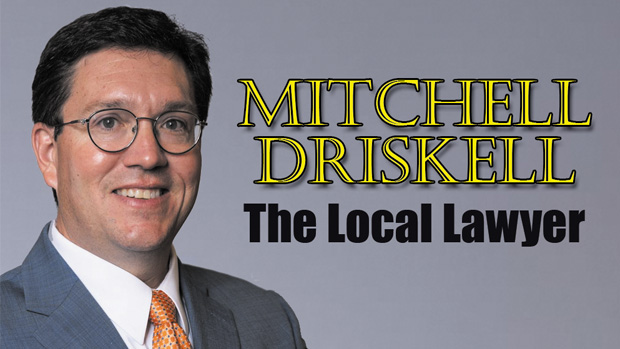
Florida Rejects Math Books
Florida’s education department rejected proposed math textbooks on the grounds that the books focused more on social justice issues, including the controversial Critical Race Theory. Like most, if not all, math text books, the rejected textbook used bar graph examples to teach children how to collect data and report data in graph format. The example bar graphs, however, seemed to have other objectives that teaching math. For example, the textbook shows a bar graph with the heading “Measuring Racial Prejudice, by Age” and another bar graph titled “Measuring Racial Prejudice, by Political Identification.” In the section teaching “Adding and Subtracting Polynomials” the math model used to show “how to” was all about “measuring bias.” Remember “word problems” in math class? The textbook contained word problems such as, ““What? Me? Racist? More than 2 million people have tested their racial prejudice using an online version of the Implicit Association Test. Most groups’ average scores fall between ‘slight’ and ‘moderate’ bias, but the differences among groups, by age and by political identification, are intriguing.” Students were then asked to perform various math tasks based on racial bias data.
The CDC Mask Mandate Decision Explained
Florida Federal District Court Judge ruled that the CDC’s mask mandate was unenforceable. Here is why: First, she ruled that the mandate violated the law that says CDC rules like this must be published to the public and the public must have 30 days to comment before the rule can be adopted and come into effect. Covid shutdowns started in late February, early March 2020. The CDC mask mandate was announced and made effective one year later in February, 2021, after Biden was inaugurated. The Judge ruled that this mandate, handed down a year after Covid started, should have been published for comment. The CDC argued it was an emergency. The Judge scoffed at that argument saying that it was not an emergency for a whole year so your “emergency” excuse for not allowing public comment is hogwash. Second, when a Federal agency uses the emergency exception to the public comment rule it must explain why in the new regulation. That explanation must contain certain details and justifications and they usually are several pages long. The CDC’s explanation for the mask mandate was one sentence. That is it. One sentence that said “because emergency.” The Judge said this explanation was embarrassing to the CDC and offensive to the public that deserves an explanation why the normal process for creating a public health regulation was not followed. Finally, the Judge said the CDC did not have the power to make people wear masks anyway. The Judge noted that the rule has never been interpreted to be broad enough to convey the power to control what people wear, much less what people breathe through. So, in summary, the CDC did not follow the rules, the CDC did not explain why they did not follow the rules, and the CDC exceeded their authority anyway. The Biden White House has appealed the ruling without asking for the mandate to be enforced. They do not care if people wear masks now, but they want a higher court to say that the CDC has the power to tell people to wear masks without following the rules if the CDC decides to ignore the rules again down the road.
Roe v. Wade
I don’t know what I can say that has not already been said. I was dead wrong on the Roe prediction. I just did not think they would overturn it. In a strict legal manner, applying the law as it now exists and has been interpreted for years, the Alito draft opinion is correct. A lawyer can argue both sides, and here is where the reasoning can be criticized: When analyzing an unenumerated right (a right not explicitly stated in the Constitution), the strict, legal analysis applies historical law to determine if the right at issue (here, abortion) was a historically recognized right. Abortion was not. But all that history is from a time before women were allowed to vote, before women were meaningful participants in their own government. How can we look at history created without female input to determine the present application of the Constitution? Perhaps the historical analysis should be limited to the women’s right to vote to present which would show a fast-pasted development of the right to choose up to the 1972 decision in Roe. Perhaps an exception to the Constitutional analysis when deciding about the rights of people who could not vote. Their Constitutional history does not begin until they can vote. I did not invent that argument, it was and continues to be made and apparently rejected by a majority of the court.


